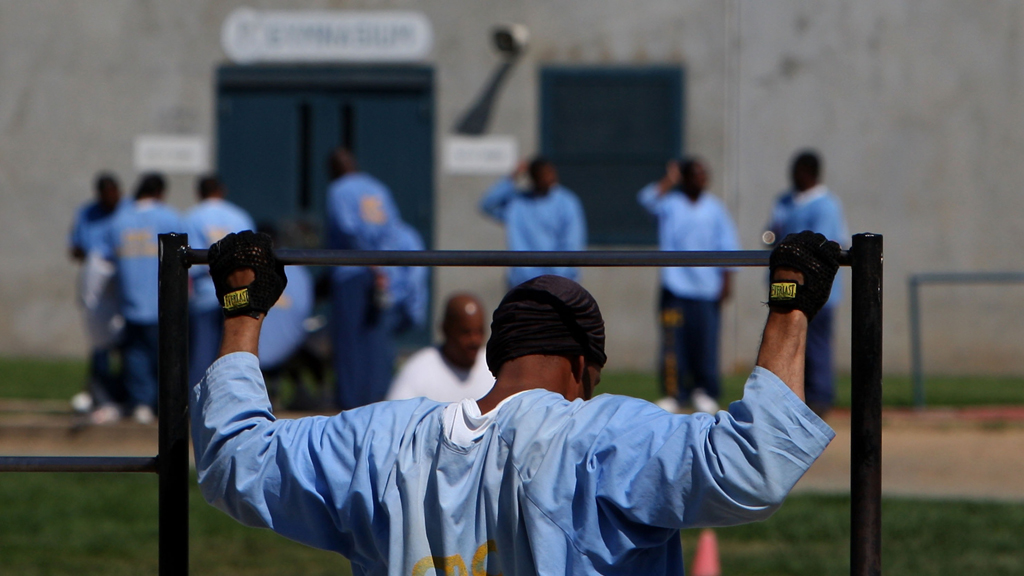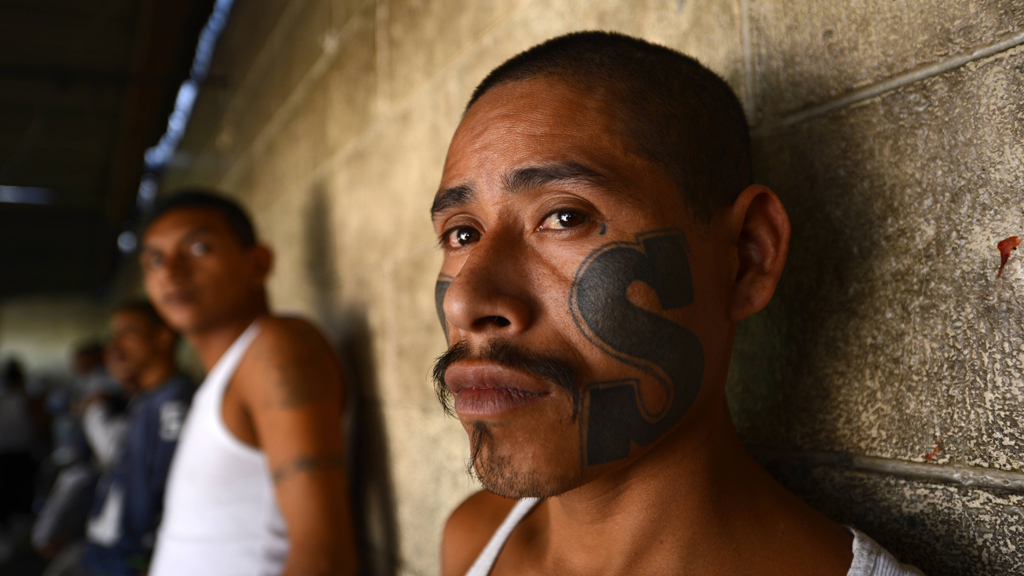Hunger strike puts California’s prisons in the spotlight
Hundreds of Californian inmates are on hunger strike more than two weeks into a mass protest over solitary confinement. And what happens in California’s prisons has repercussions elsewhere.

The hunger strike began on July 8, with around 30,000 inmates across California’s 33 prisons involved. On Tuesday the prison authorities said more than 800 prisoners were still refusing to eat, making this the largest and longest protest of its kind for years.
Campaigners say the state’s use of long-term solitary confinement is an abuse of human rights.
The strikers are making five core demands, among them the end of long-term solitary confinement in Security Housing Units (SHUs) and the abolition of a policy that says the only hope gang members have of getting out of the units is to inform on their fellow inmates.
Amnesty International say California locks up more prisoners in “the SHU” than any other state – more than 3,000 in all. The inmates are kept in solitary confinement for at least 22 hours a day with minimal human contact, no work or rehabilitation activity, and little hope of transfer or parole.
Prison regulations say such treatment should be reserved for those whose behaviour makes them a danger to others of prison security.
But an Amnesty report last year found that more than 2,000 prisoners were serving indefinite sentences in such units because they had been “validated” as members or associates of one of the state’s notorious prison gangs.
Inmates say that only those who agree to “debrief” or “snitch” on their gang associates are given the prospect of better treatment and eventual release from the SHU – and those who inform run the risk of violent reprisals.
Isolated for decades
According to the human rights group, more than 200 prisoners in the maximum security Pelican Bay prison have been in the SHU for more than 15 years “in conditions of extreme isolation and environmental deprivation”.
Amnesty’s US researcher Angela Wright told Channel 4 News: “There have been studies that have shown that even relatively short periods can have effects on people’s mental as well as physical health.
“We think the conditions are so severe, in Pelican Bay in particular, that it breaches the obligation not to subject prisoners to cruel and degrading treatment.”
As well as being in potential breach of international human rights obligations, California’s penal system is on collision course with the US Supreme Court after judges ruled that the state would have to release 9,000 more prisoners to ease chronic overcrowding.
In a statement this week, California’s Department of Corrections and Rehabilitation promised disciplinary action against prisoners participating in the “mass disturbance”.
Cases reviewed
The department said it had revised its policy on housing suspected gang members in SHUs and has implemented a programme of reforms.
It said: “The new comprehensive strategy supports CDCR’s goals of reducing long-term SHU confinement for offenders who do not engage in gang behaviour.
“Gang associates – a majority of inmates housed in SHUs – are no longer placed in a SHU based solely upon their validation unless there is a corresponding confirmed disciplinary behavior at the time of the original validation.”
The department says it has reviewed 382 cases since October last year, moved 208 inmates out of solitary and put 115 others on a programme designed to give gang members more privileges for good behaviour.
Ms Wright said the state authorities had promised reform in the past but lack of progress had led to “desperation” among some inmates in long-term solitary confinement.
She said: “California has a lot of challenges. At the same time, I think they are becoming more aware of the cruelty or pointlessness or counter-productive nature of locking prisoners away indefinitely. It is looking increasingly out of step with other states.”
But the leaders of the strike issued a statement yesterday vowing to continue, after prison officials “refused to negotiate” over the prisoners’ demands.

Birthplace of the gangs
California’s prison system has become notorious as the place where some of the world’s most feared criminal gangs first came into existence.
The most powerful is probably the Mexican Mafia, which dates back to the late 1950s. Despite the name, members are not Mexican nationals and not all are of Hispanic ethnicity.
Former members say La Eme’s membership could be as low as 100, but the group’s capacity for sophisticated organisation and violence means it exerts a powerful influence in many Californian prisons.
The Mexican Mafia is know to extracts taxes from other Hispanic gangs in exchange for guaranteeing their safety behind bars.
Much larger criminal groups like the 18th Street Gang and their Mara Salvatrucha rivals – whose members, many of them Central American immigrants, number in the tens of thousands – are known to pay homage to the Mexican Mafia.
The white supremacist Aryan Brotherhood and its bitter rivals, the African-American Black Guerrilla Family, both began in San Quentin prison in the 1960s. The northern Californian Latino gang Nuestra Familia is believed to have been formed in Folsom prison in the late 1960s.
Over the decades, gang allegiances formed in California prisons have continued on the streets, with drug trafficking and other rackets in the outside world co-ordinated by senior members from their cells.
Some of the most notorious alumni of California’s prisons are implicated in the spectacular crime wave that has swept over El Salvador and Honduras over the last decade.
At the end of the 1990s, US policy of repatriating foreign prisoners led to hardened Mara Salvatrucha and 18th Street ex-convicts being deported from California to their Central American homelands, bringing gang culture with them.
Honduras now has the highest murder rate in the world thanks to gang warfare, with El Salvador close behind. A recent truce between the 18th Street gang and the Mara Salvatrucha has led to a recent drop in homicides, according to the Honduran government.
-
Latest news
-
Windrush scandal: returning to the UK after a forty year wait6m

-
Netanyahu ‘survival’ depends on ‘expanding war’ says head of Palestinian National Initiative5m

-
Proposed law change could strip parental rights from paedophiles5m

-
Hugh Grant settles privacy lawsuit against The Sun newspaper publisher2m

-
Post Office Scandal: what did top executive know?6m

-




